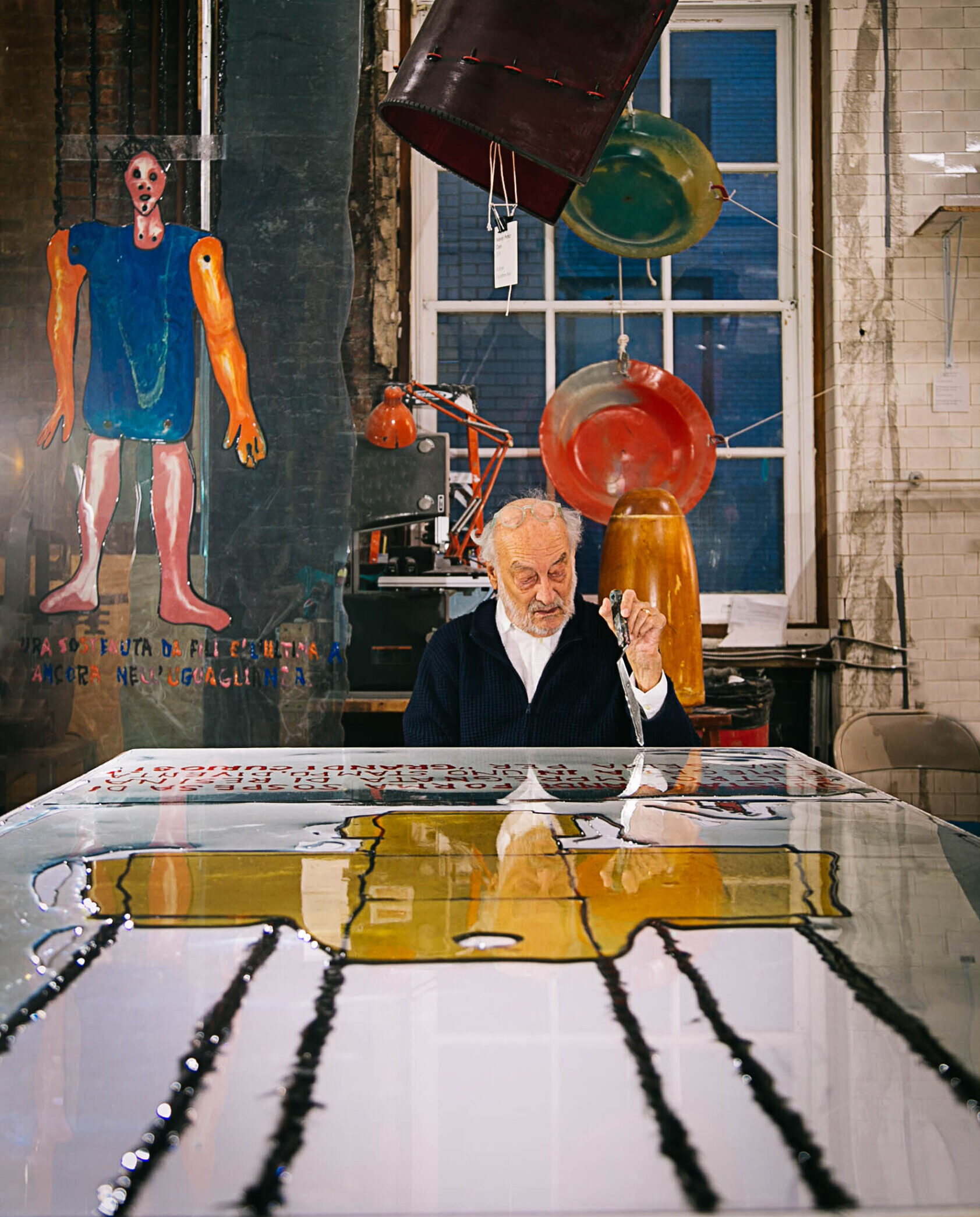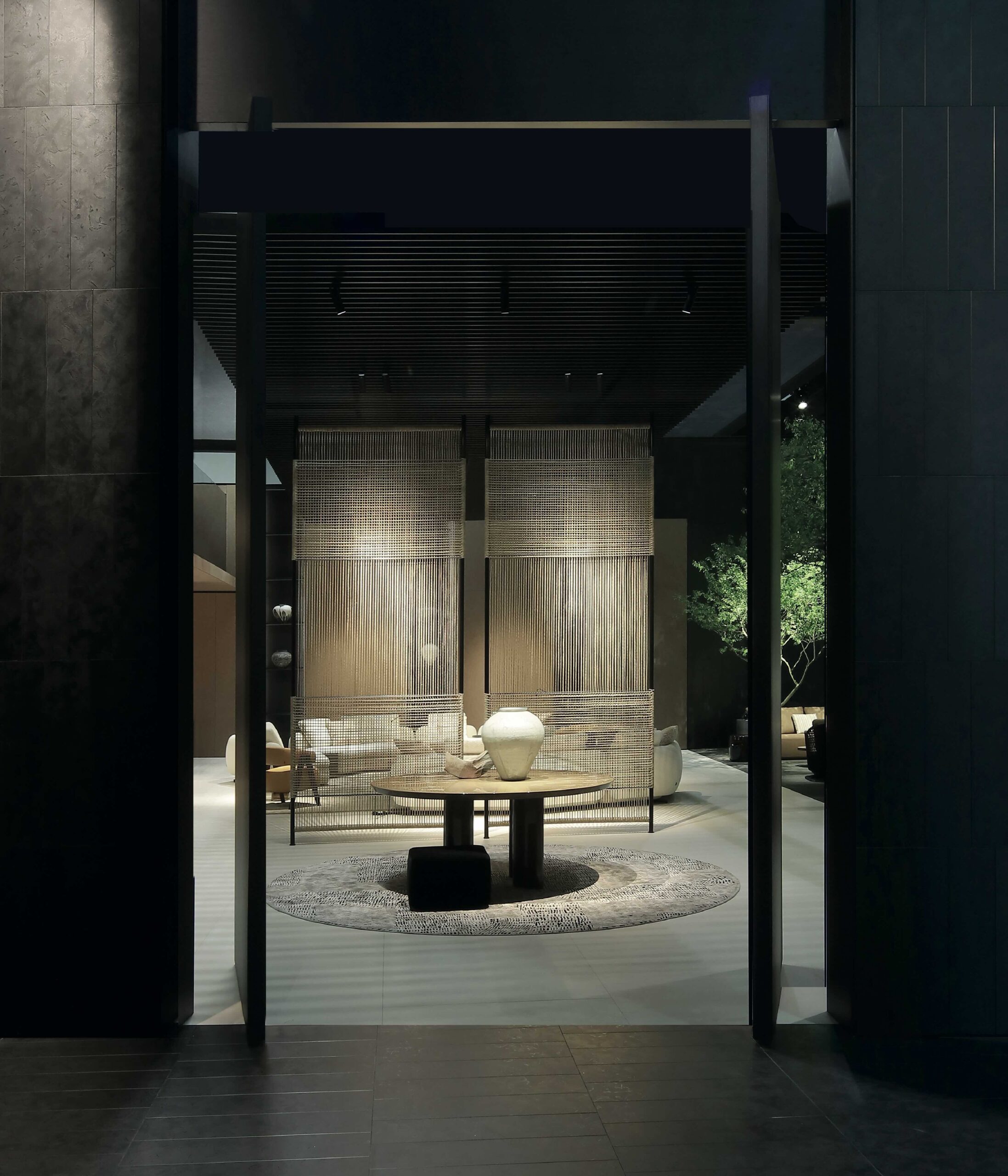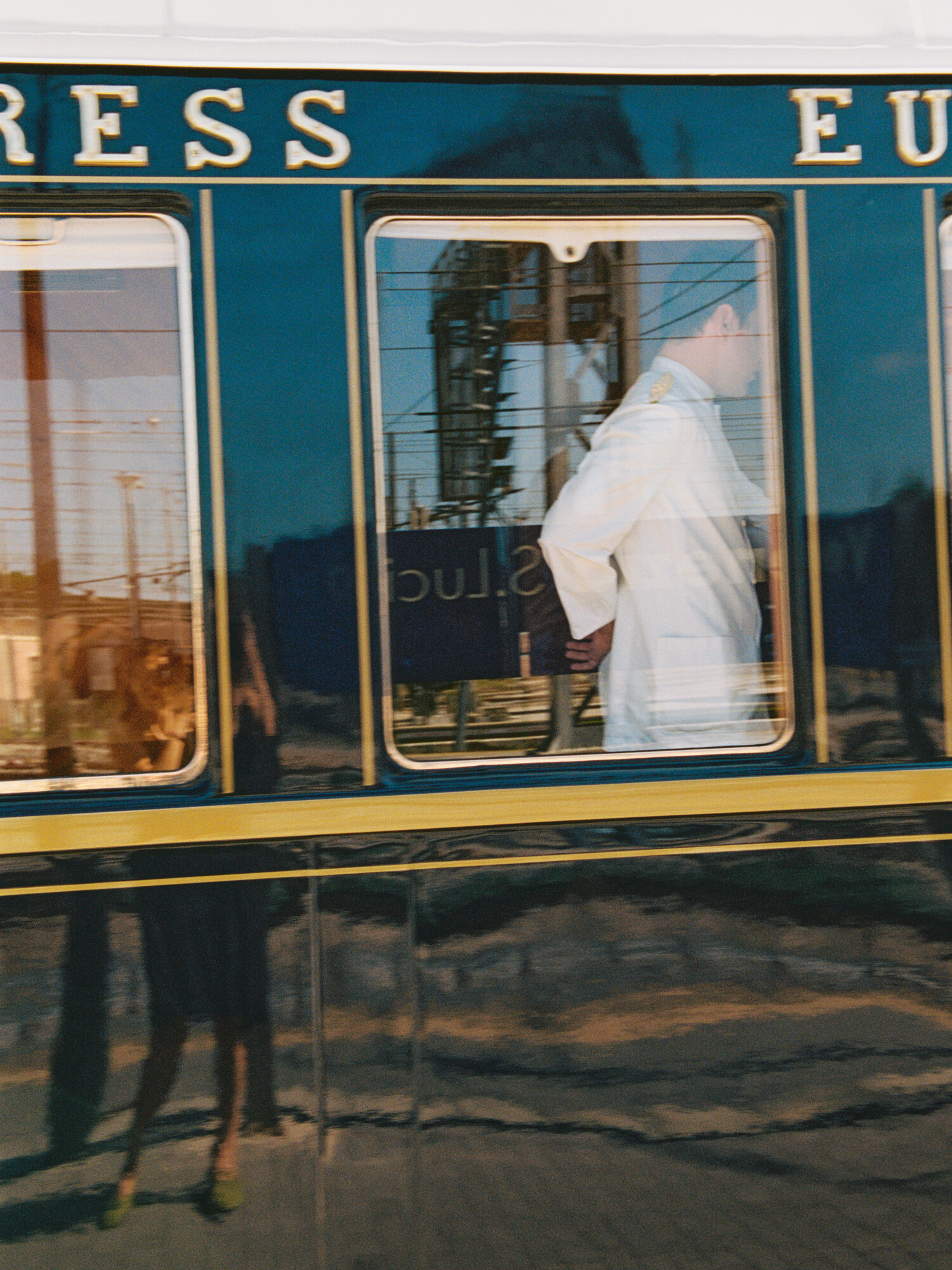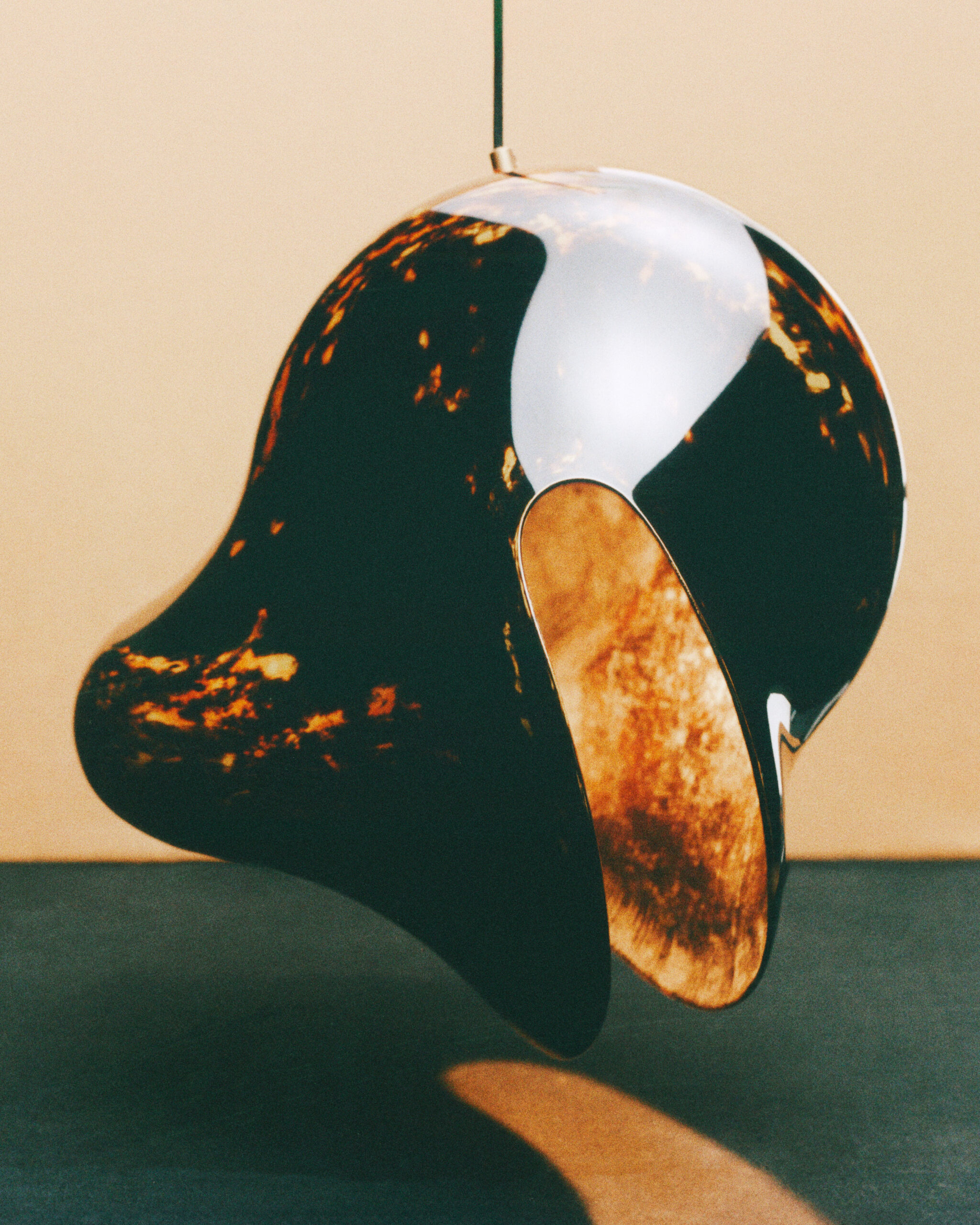RICHARD PRINCE: Early Photography, 1977–87
March 9–April 13, 2024
Gagosian, New York
Starting from the late 1970s, Richard Prince redefined the concepts of paternity, property, and care, appropriating images from the mass media, advertising, and entertainment. Applying his personal understanding of the complex transactions from representation to art-making, he developed a distinctive signature, rich with echoes of other signatures, yet undeniably his own. Born in 1949 in the Canal Zone of Panama, then a territory of the United States, Richard Prince moved to a suburb of Boston in 1954. In 1973, he relocated to New York, where he discovered conceptual art. While working at the Time-Life Building as a magazine clipping preparer, he realized the infinite creative possibilities afforded by advertising images: his early works, such as Untitled (Cigarettes) and Untitled (Three women looking in the same direction), consisted of cut-out advertising images, re-photographed and juxtaposed. The intentionally artificial aspect of the photographs aligns Prince with contemporary artists like Cindy Sherman and Jack Goldstein, also masters of photography capable of blurring the boundary between reality and artifice.
The exhibition at Gagosian, New York features a comprehensive collection of Prince’s most iconic photographs: cowboys, girlfriends, and advertisements, some of which have never been exhibited before in the world. It also includes the complete series of The Entertainers (1982-83), a seldom-seen series of manipulated photographs taken inside bars, some clubs, and restaurants in Times Square, capturing the sleazy glamour of the place. Several archival materials are also on display, including the artist’s writings and materials from his time working in the clippings department of Time magazine. In the black and white photograph Untitled (Self-Portrait) (1980), Prince portrays himself with eye makeup and lipstick, along with a jacket and tie, dismantling the themes of alienation and social and sexual uncertainty present throughout his career. As Prince wrote in his 1983 essay Cowboys: The Perfect Tense, Some people would like to try to change places, just for one day, with someone they admire or even envy, to see how it could be, to see if it could be as they have always imagined it could be. In Untitled (Cowboy) (1980-84), Prince presents a subject merging with the landscape of the American West, accentuating a mythicized form of heroic individualism. In works like Untitled (Couple) (1977) and Untitled (Man Looking to the Left) (1978), Prince explores the tropes of masculinity in re-photographed images of models with square jaws and in suits and ties, questioning their authenticity through highly stylized representation. Other works depict advertisements for objects such as luxury watches and pens – objects that Prince has described as alien to him – in a lucid yet generic manner that suggests a complete lack of individual authorship.
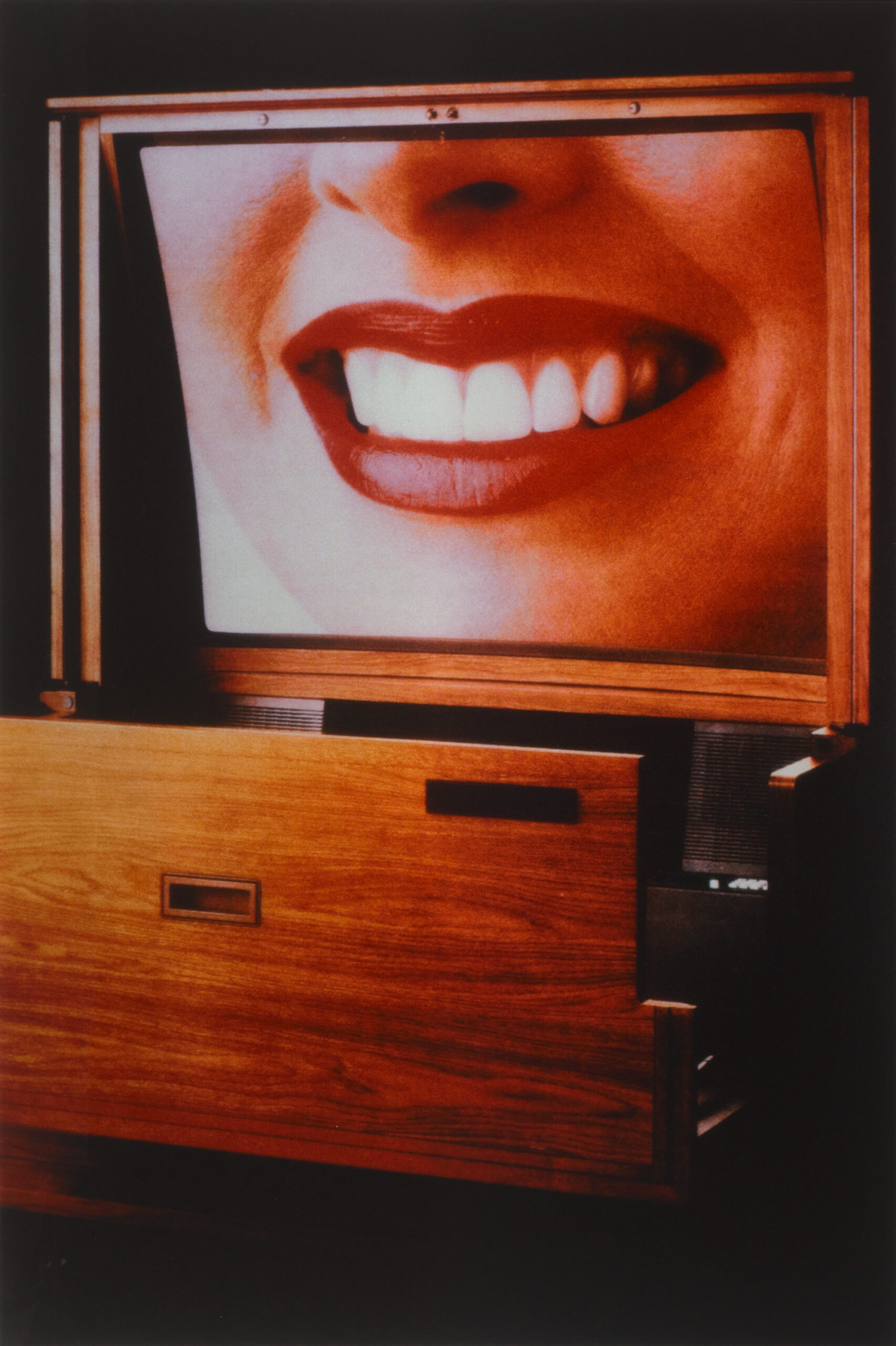
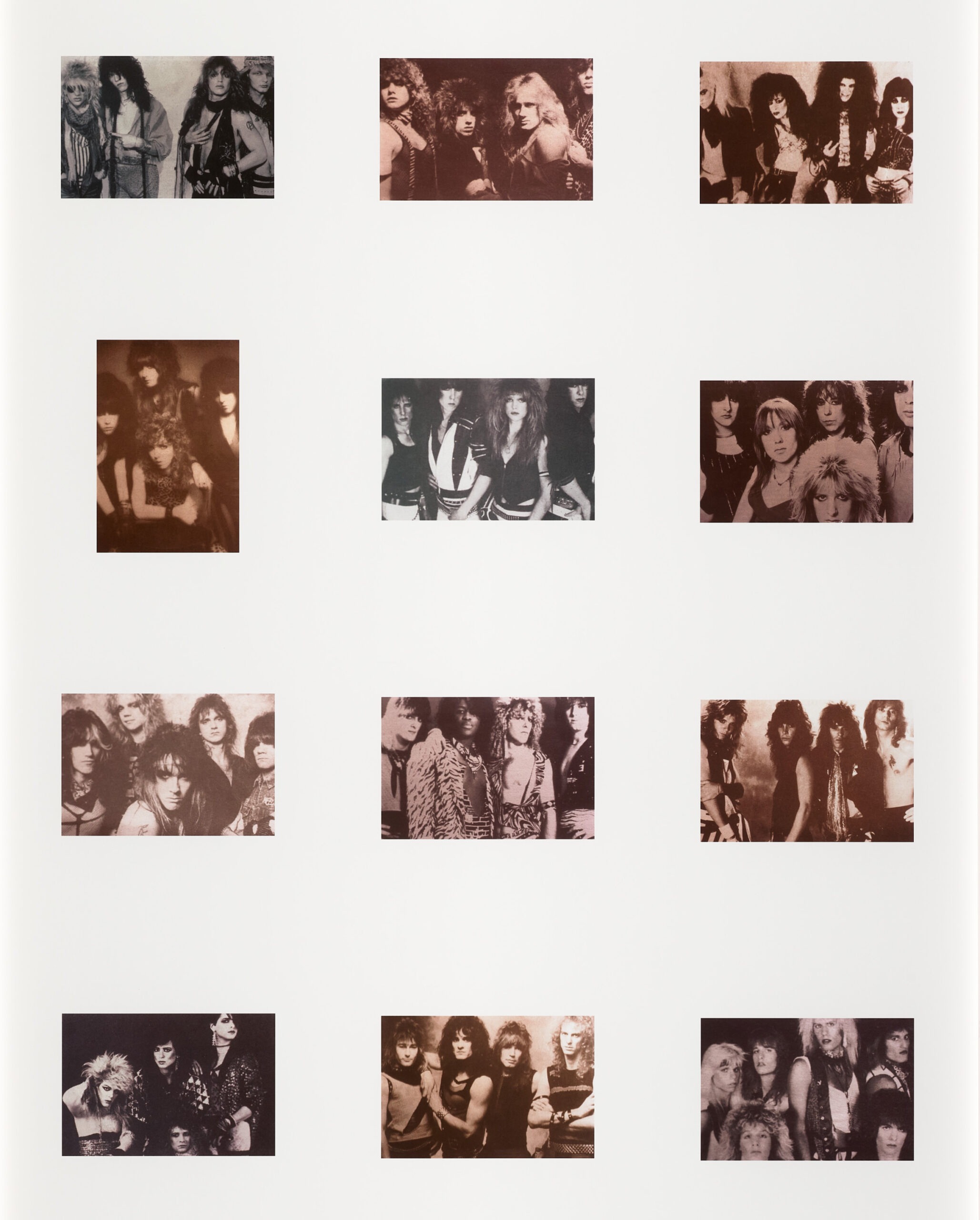
From Prince’s perspective, this makes his sources a breeze for recontextualization; it’s no wonder he categorizes the original photographers as commissioned: “They were paid, while I worked in a completely different way.” Prince has always been an avid collector and a keen chronicler of American subcultures and vernaculars and their role in shaping the American national identity: he has explored the complexities of racism, sexism, and the psychosis in mainstream humor; the mythicized status of cowboys, motorcyclists, customized cars, and celebrities; and, more recently, the pulsating allure of pulp narrative and soft porn. In 1977, he began using a rephotography process to appropriate shots from advertising and costume print, redefining the concepts of paternity and originality, an approach he later extended to social media. Through a conscious elision of the objectives and techniques of traditional image creation, the technique allows Prince to reorient the authority of a visual referent. Many works reveal a fascination with the photographic medium as a tool for categorization and cataloging, with a sociological and anthropological edge: Untitled (Three Women Looking in the Same Direction) (1980) assembles its subjects solely based on the attitude of their heads; Criminals and Celebrities (1986) groups images of famous and infamous figures attempting to shield themselves from the intrusive gaze of the camera; and Untitled (Fainted) (1980) gathers four frames of fainting women. In this way, Prince’s organization of images reflects the current currency (and inherently partial nature) of stock photography and anticipates the ubiquity of categorized and labeled photographic images in the age of Internet searches and artificial intelligence, a period in which the medium has become simultaneously more accessible – and less reliable than ever.
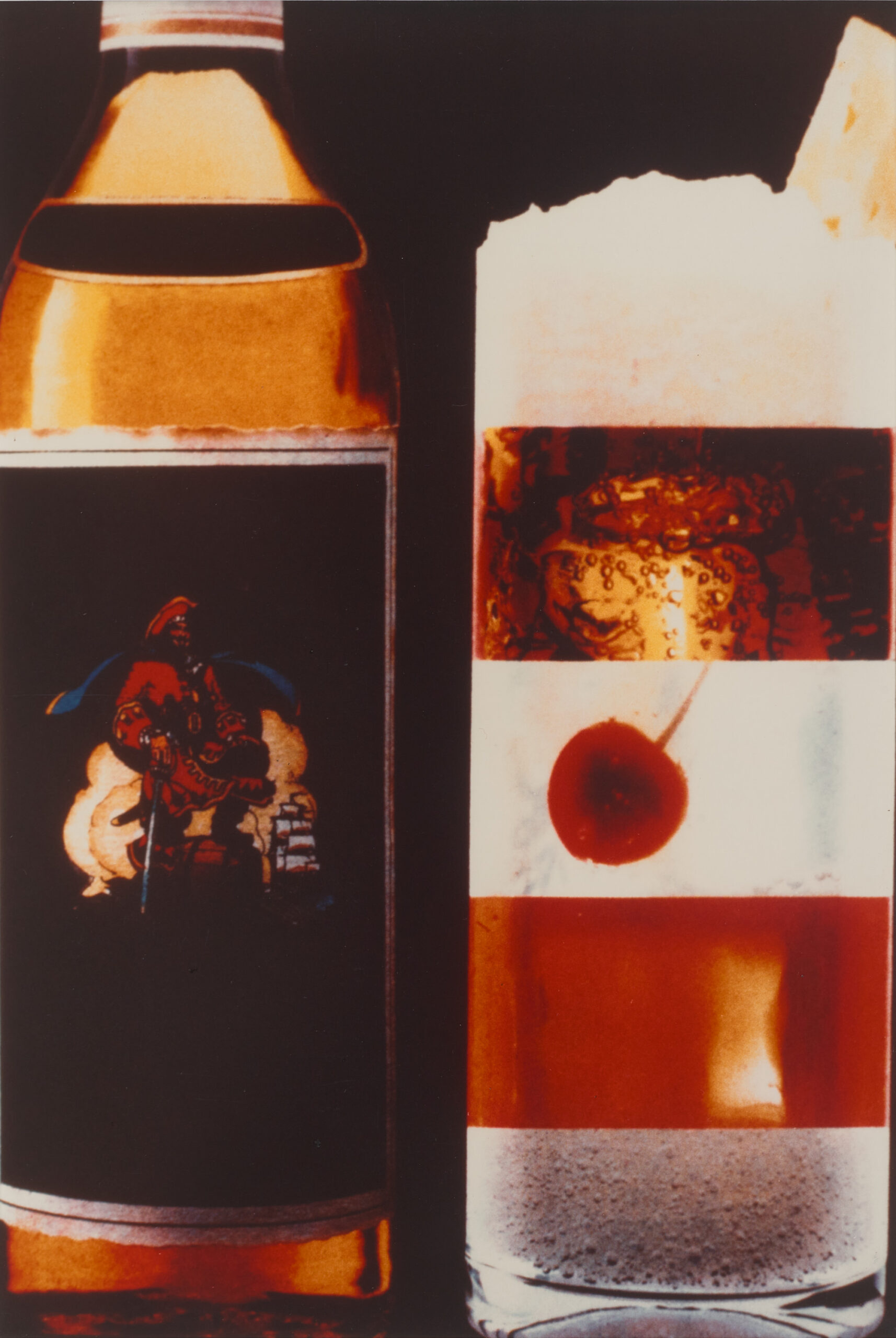
“When you put an already existing image in front of a camera, you know what you’re going to get. You’ve taken out the decisive moment.”
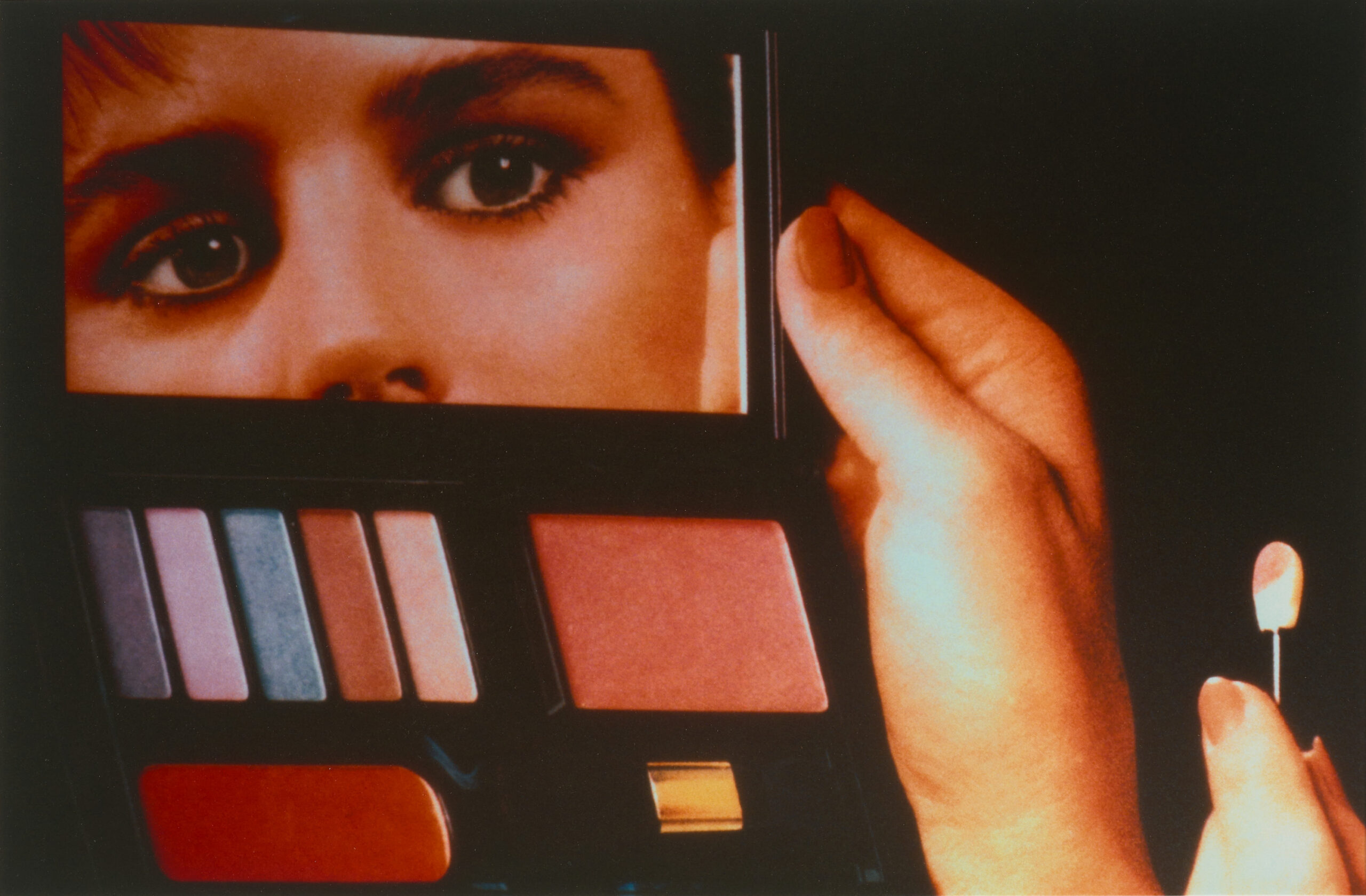
For further information gagosian.com.

